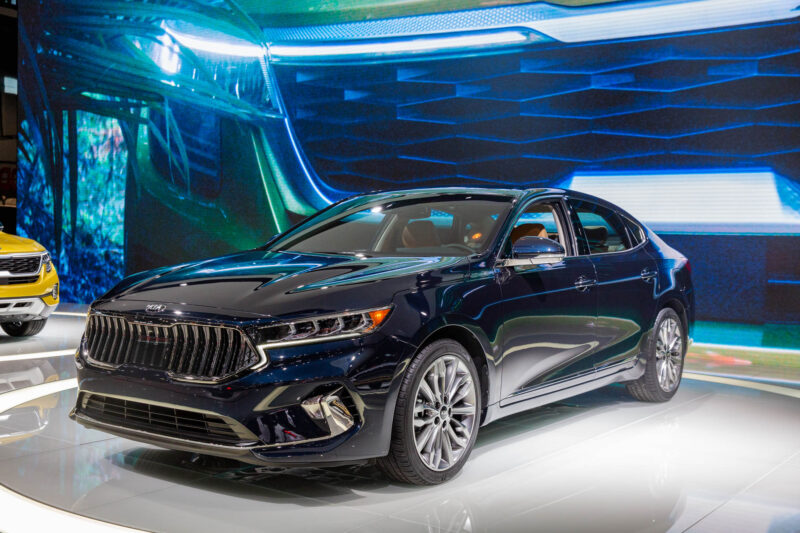Kia’s midsize luxury sedan, the Cadenza, has been a popular choice among car enthusiasts and budget-conscious consumers. Since its debut in 2010, it has been seen as a compelling blend of performance and value.
However, in 2021, Kia announced the discontinuation of this model. Why did this happen, and what were the factors that led to this decision? Let’s dive in and explore.
The Rise and Peak
Before we dive into the reasons for its discontinuation, it is important to understand Cadenza’s journey from inception to its peak.
The Genesis of the Cadenza
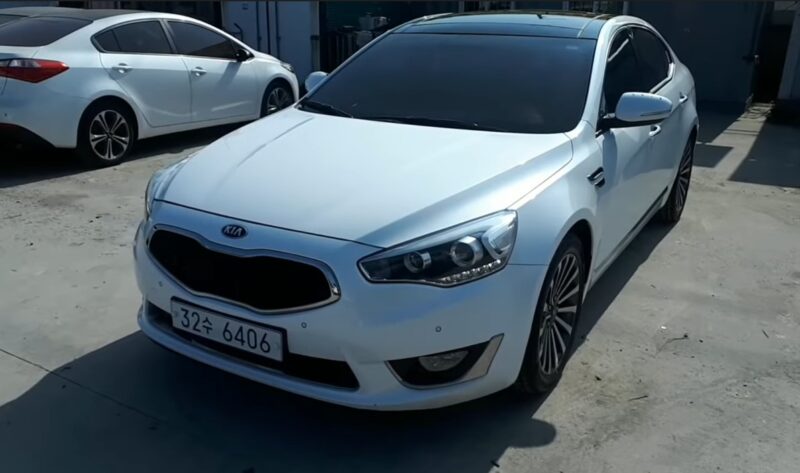
This vehicle was launched in 2010, marking Kia’s entry into the premium sedan segment. Originally targeted at the South Korean market, it soon gained popularity worldwide for its luxurious feel, superior build quality, and pocket-friendly pricing.
The Cadenza was seen as an attractive choice for customers seeking upscale vehicles but not willing to pay the hefty price tags associated with brands like BMW or Mercedes. The car’s design, sophisticated features, and robust performance propelled it into the limelight. Within just a few years, this car became highly desirable in the midsize sedan market.
Peak and Market Response
The second generation of the Cadenza launched in 2016, received rave reviews. With major upgrades in design, technology, and performance, it had established a strong foothold in the market.
Yet despite its growing popularity and positive market response, the sales began to dwindle after peaking in 2017. This decline in sales, amidst the model’s undeniable merits, led to the question: why was the Cadenza discontinued? This takes us to the next segment of our discussion.
The Decline and Discontinuation of the Cadenza
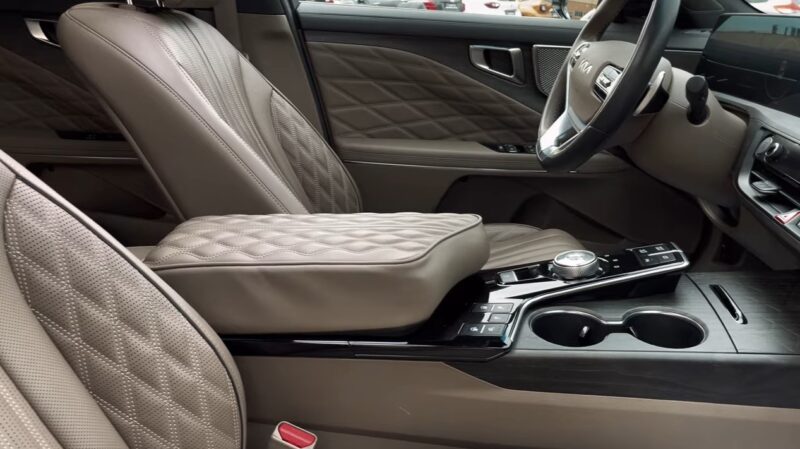
Every product has its lifecycle, and the Cadenza was no different. Let’s investigate the reasons for its decline and eventual discontinuation.
Shifting Market Trends
The auto industry witnessed a drastic shift in consumer preference in the late 2010s. Consumers started leaning towards SUVs and crossovers, leaving traditional sedans behind.
- SUVs offered more space, versatility, and an elevated driving position that sedans couldn’t match.
- The fuel efficiency of SUVs had significantly improved, negating one of the key advantages that sedans used to hold.
- Lastly, SUVs were increasingly seen as a status symbol, making them more appealing to consumers.
As a result of these trends, the sales of sedans, including the Cadenza, started to dwindle.
Strategic Shift by Kia
The declining demand for sedans prompted Kia to reconsider its strategy. In response to changing market dynamics, the company shifted its focus towards developing SUVs and electric vehicles (EVs).
- Kia decided to allocate more resources towards the development and production of SUVs, given their growing popularity.
- Moreover, with the global push towards sustainable mobility, Kia recognized the importance of focusing on EVs. The company announced its ambitious ‘Plan S’ strategy, aiming to become a leader in the global car market by prioritizing EVs and mobility solutions.
This strategic shift by Kia, along with changing market trends, led to the eventual discontinuation of this vehicle.
The Aftermath and Future
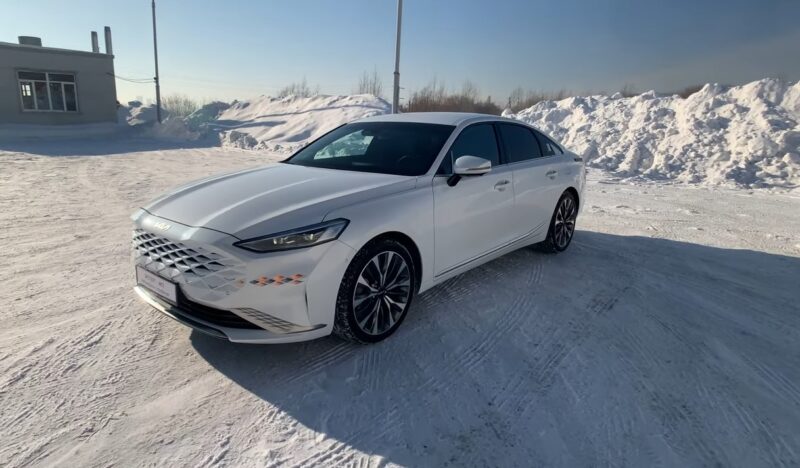
The discontinuation of the Cadenza marked the end of an era. What does this mean for Kia and its customers, and what can we expect from this company in the future?
Impact on Kia and Consumers
The discontinuation of the Cadenza was a strategic decision by Kia that, while disappointing to some, was a necessary move in light of industry trends.
For Kia, this decision enables them to devote more resources towards their SUV and EV line-ups, helping them stay competitive in a rapidly evolving industry. As for consumers, while they lose an option in the sedan segment, they gain an expanded range of SUVs and EVs to choose from, which aligns with current market preferences.
Kia’s Future Outlook
Kia has a promising outlook. The company’s focus on SUVs and EVs is well-aligned with the industry’s direction. Kia’s Plan S strategy aims to have 11 EVs in its line-up by 2025, expecting EVs to account for 20% of their total vehicle sales by then.
Even though the Cadenza is no longer part of Kia’s portfolio, its legacy will always be remembered as a car that offered luxury and performance at an affordable price point. It helped establish Kia as a serious contender in the luxury segment, a reputation that continues to benefit the brand.
Lessons from the Kia Cadenza’s Journey
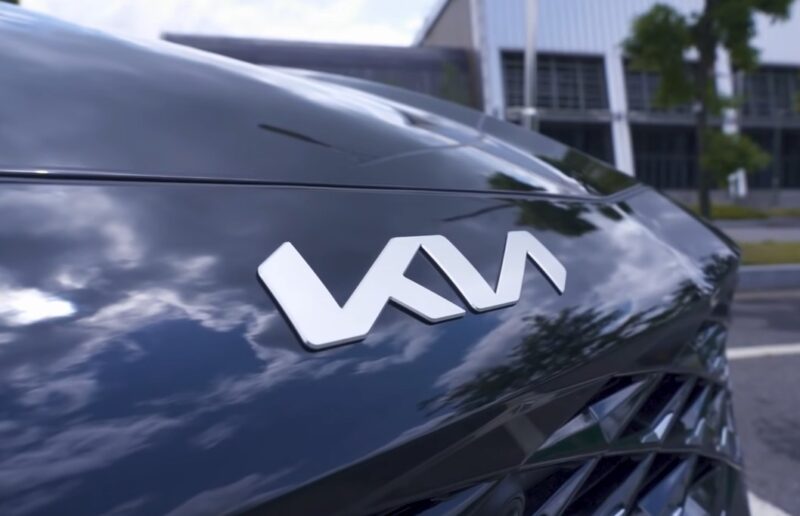
The journey of this car, from its rise to its eventual discontinuation, provides valuable insights into market dynamics and strategic decision-making.
Market Trends
Cadenza’s journey highlights the importance of understanding and adapting to market trends. While the car was highly successful in its early years, its decline mirrored the shifting consumer preferences away from sedans towards SUVs and crossovers.
This trend was not unique to the Cadenza. Other sedan models from various automakers also faced similar challenges, as consumers increasingly valued the versatility and commanding view of the road offered by SUVs. Recognizing this trend early could have allowed Kia to pivot the car or develop alternatives more quickly.
Importance of Strategic Adaptation
Kia’s decision to discontinue the Cadenza was ultimately a strategic move. Despite the car’s initial success, the company recognized that continuing to invest in a declining segment could jeopardize its future competitiveness.
Instead, Kia decided to shift its focus to more promising segments: SUVs and EVs. By doing so, they demonstrated their willingness to make tough decisions and adapt their strategy in line with market trends. This strategic flexibility is crucial in the fast-paced automotive industry, where consumer preferences and technological advancements can shift rapidly.
The Legacy
Even though the Kia Cadenza has been discontinued, it leaves behind a legacy that continues to influence Kia and the automotive industry.
A Benchmark for Affordable Luxury
Cadenza set a benchmark for offering luxury at an affordable price point. It demonstrated that luxury and sophistication didn’t necessarily have to come with a hefty price tag. It was proof that comfort, style, and advanced features could be accessible to a wider audience, challenging the norms of the premium segment.
This legacy continues to influence the company’s approach to vehicle design and development. The ethos of providing value for money, which the Cadenza embodied, is still prevalent in the company’s current lineup.
The Precursor to Kia’s Future
The Cadenza, despite its discontinuation, laid the foundation for Kia’s current and future offerings. The lessons learned from this car’s journey have guided the company’s strategic shift towards SUVs and EVs.
The discontinuation of the vehicle reflects Kia’s commitment to staying ahead of industry trends and meet changing consumer needs. It’s this forward-thinking approach that has allowed Kia to grow and remain competitive in the global auto market.
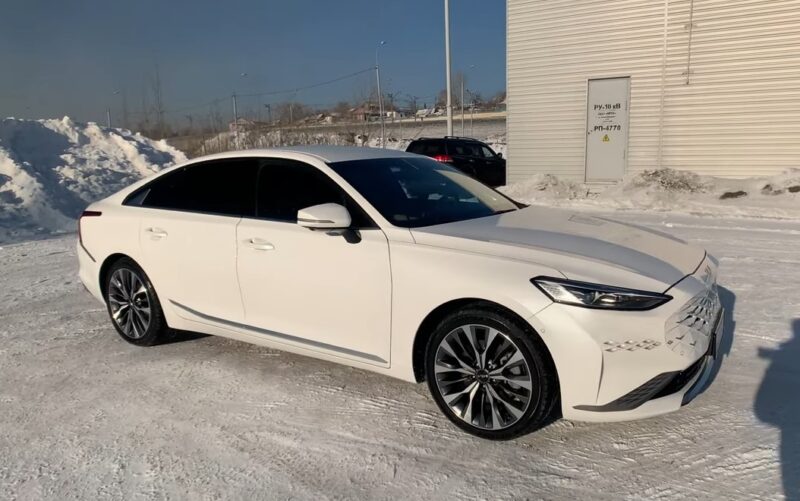
FAQs
When was the Kia Cadenza discontinued?
It was discontinued from the U.S. market after the 2020 model year.
Why was the Kia Cadenza discontinued?
The discontinuation was primarily due to a shift in consumer demand towards SUVs. Additionally, the Cadenza had low sales figures, selling only 1,265 units in the U.S. in 2020.
What were some of the issues with the Kia Cadenza that may have contributed to its discontinuation?
Some models lacked features that were advertised, such as a cooled driver’s seat. Additionally, the 2014 model had issues with excessive play in the steering wheel and lacked daytime running lights.
What were the sales figures for the Kia Cadenza?
In 2020, Cadenza sold 1,265 units in the U.S., making it one of the lowest-selling models in the company’s lineup.
What will happen to the remaining Kia Cadenzas in showrooms?
The remaining models in showrooms will likely be sold off, potentially at lower prices due to the discontinuation.
What models will Kia focus on after the discontinuation of the Cadenza?
They will continue to produce the Rio, compact Forte, and the midsize K5. The Stinger will also continue to be produced.
Will Kia replace the Cadenza with another model?
The company has launched the new K8 sedan, which is about 1 inch longer than the outgoing Cadenza. However, it is not confirmed if the K8 will be available in the U.S.
How many times was the Kia Cadenza recalled?
It was recalled five times, with issues ranging from problems with the wheels to faulty brakes.
What is Kia’s future direction after the discontinuation of the Cadenza?
The company is focusing on bringing all-electric models to the limelight and triggering the production of future electric vehicles. The upcoming sedans will have crossover-inspired designs, accentuating high-performance drivability.
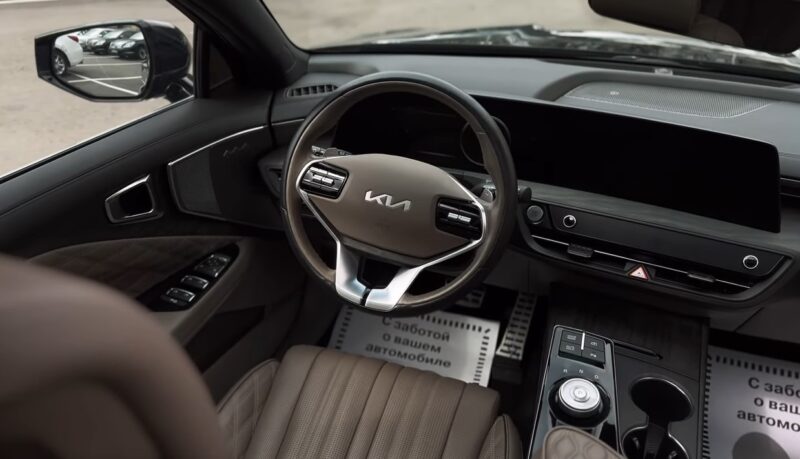
Closing Thoughts
The discontinuation of the Kia Cadenza was a result of shifting market trends, strategic decisions by the company, and the growing dominance of SUVs and EVs. Although this vehicle will be missed by many, it played an important role in Kia’s history, and its impact will continue to be felt in the brand’s future endeavors.
This story serves as a perfect example of how products, no matter how successful, must evolve with the times or make way for those that do.
